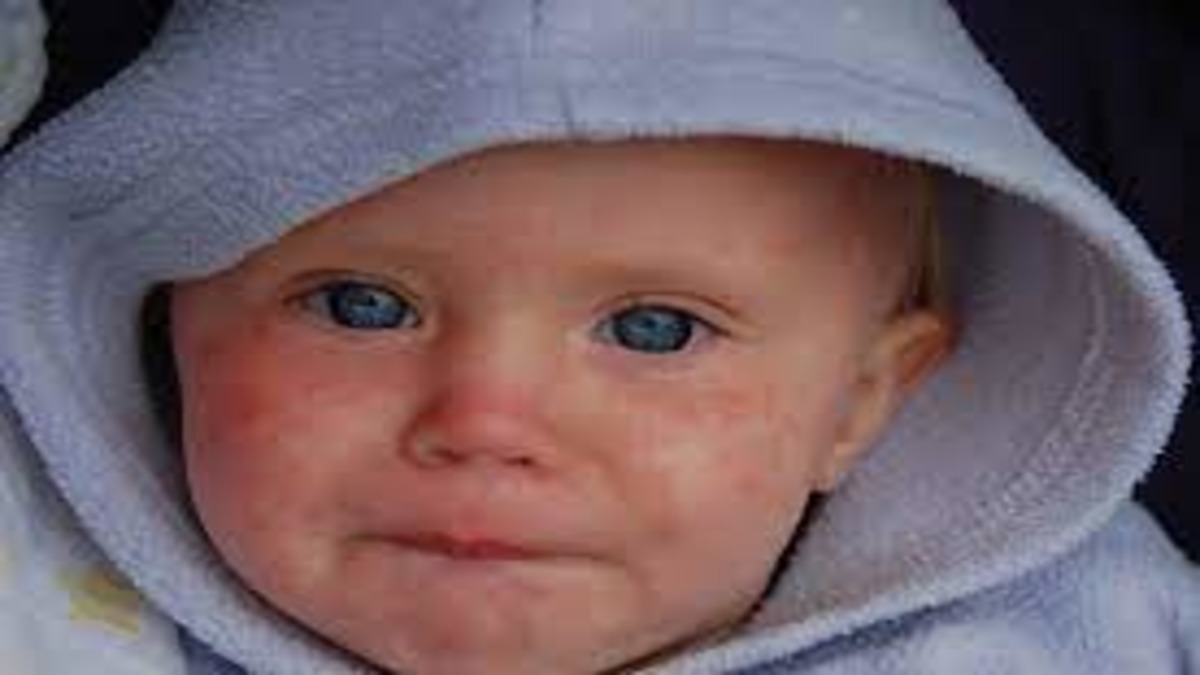The CDC and WHO issued a warning:Global Measles Surge
#MeaslesAlert #HealthEmergency #VaccinationAwareness #GlobalHealthThreat #StayProtected
The CDC’s Urgent Notification
Following a global spike in cases, the Centers for Disease Control and Prevention (CDC) are warning medical professionals to be on the lookout for measles cases and outbreaks, which pose an increasingly serious threat.
Clinical Vigilance: Recognizing Symptoms of the Measles
The CDC asked medical professionals to be on the lookout for individuals who have a rash along with a fever and other symptoms of the measles in a message that was sent out on Thursday. They also stressed how important it is to identify patients who have recently been to countries that are currently dealing with ongoing measles epidemics.
Measles cases increase internationally as vaccination rates fall.
The CDC and WHO issued a warning. There have been 23 confirmed cases of measles in the US between December 1, 2023, and January 23, 2024. As the CDC noted, two outbreaks involved more than five cases each, and seven of these cases were directly imported by foreign visitors. The majority of those afflicted were young people who had not had their vaccinations. Measles epidemics in the United States are typically started by foreign-born Americans who are either under- or unvaccinated against the virus. When they return, they spread the illness to areas of their communities where vaccination rates are low as well.
Measles immunization rates, obtained through the measles, mumps, and rubella vaccine (MMR), have decreased recently both internationally and domestically in the United States. This decrease is linked to vaccination reluctance stoked by false information as well as healthcare system difficulties brought on by the epidemic.
“The increased number of measles importations seen in recent weeks is reflective of a rise in global measles cases and a growing global threat from the disease,” pointed out the CDC’s communication titled “Stay Alert for Measles Cases.”
Global Overview and WHO Data
The World Health Organization reports that the number of measles cases in the European area increased by an astounding 40 times between 2022 and 2023. Over 42,200 cases of measles were registered in the region last year, a significant rise over the just 941 instances recorded in 2022.
This week, Kazakhstan—which is regarded as being in the European region—saw a sharp increase in measles cases, according to a WHO study. With 13,677 cases in 2023, Kazakhstan had the highest frequency of measles infections in the area. This corresponds to more than 639 instances for every million people. The health minister of Kazakhstan said in a news release on Tuesday that there are “currently 2,167 children in hospital with measles, 27 of them in a serious condition.”
Children who were not vaccinated or who missed their regular vaccines during the pandemic are the main cause of the epidemic. Children under the age of five account for 65 percent of measles cases that are reported to the WHO. To stop the spread, the nation is currently making a concerted effort to catch up on immunizations.
WHO Acknowledgment
“Although highly contagious, measles can be effectively prevented through vaccination,” stated Hans Henri P. Kluge, Regional Director of WHO for Europe, in a press statement. “I commend Kazakhstan for the urgent measures being taken to stop the spread of this dangerous disease.”
In the meantime, measles is re-emerging in a number of other areas. The UK Health Security Agency issued a warning last week on the possibility that the current measles outbreak might worsen. Since October 2023, the West Midlands area has seen 216 confirmed cases and 103 probable cases as of January 18. Authorities issued a warning, stating that low rates of MMR vaccination make a region vulnerable to an epidemic.
Most Americans have complied with the recommended timetable for MMR vaccinations. In this case, the two normal doses that are advised are thought to be 97% effective in preventing measles and offer lifetime protection. But in the event of exposure, those who choose not to vaccinate or who vaccinate insufficiently have a higher chance of contracting an illness. According to the CDC, the virus has a high rate of contagion—up to 90% of unvaccinated people exposed will become ill—and can remain in the airways for up to two hours after an infected person leaves. After contracting the infection, a person is infectious for four days before the classic measles rash appears and for four days following.
